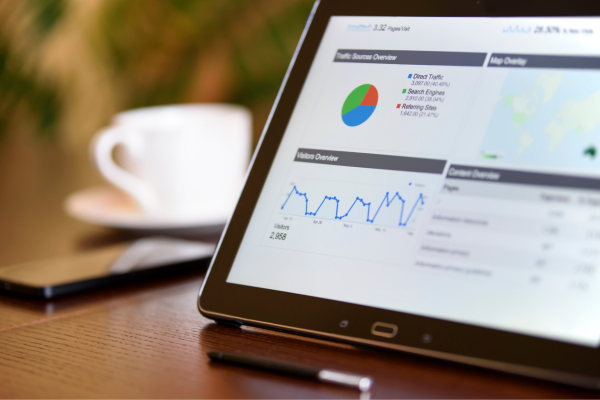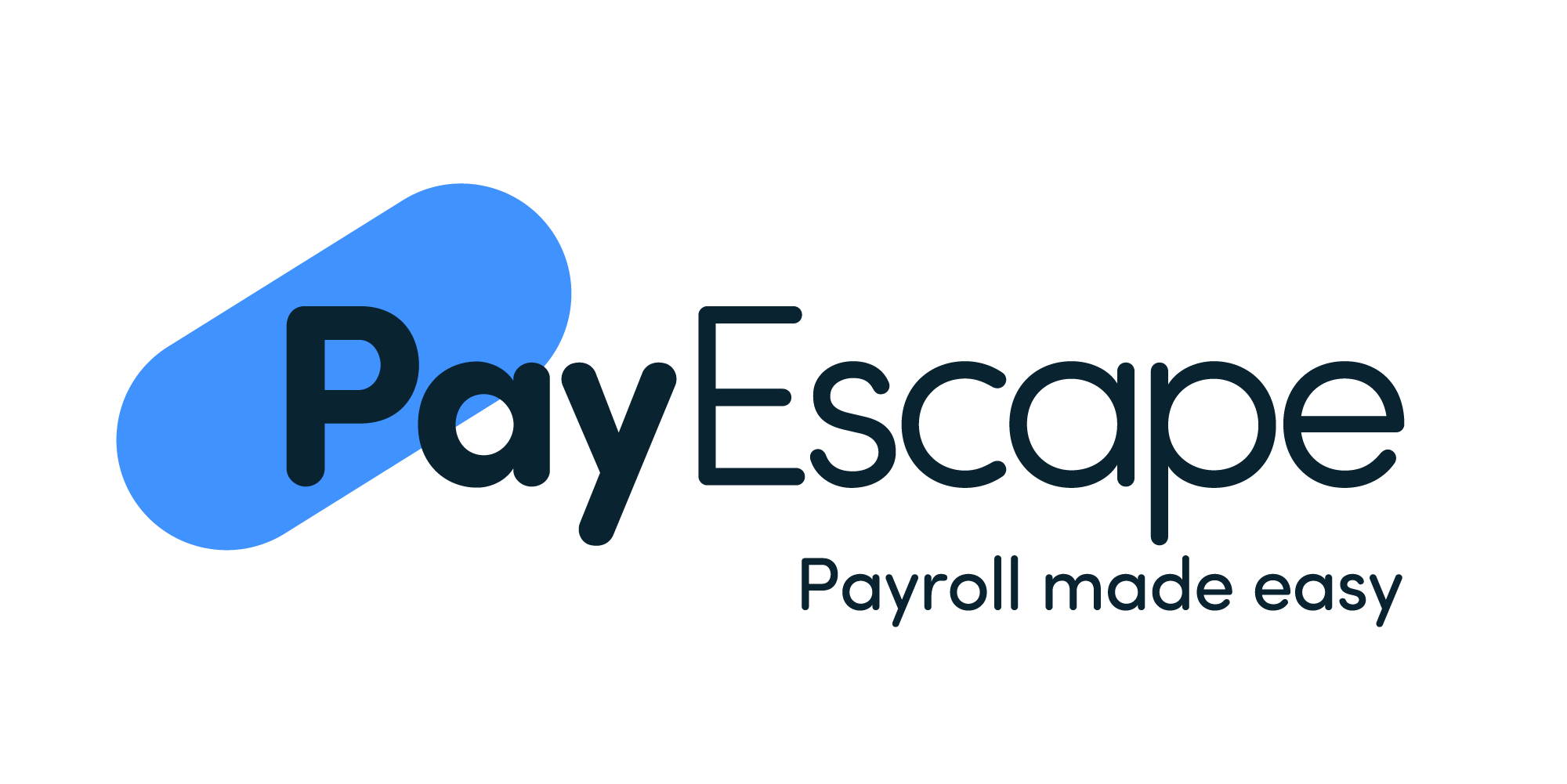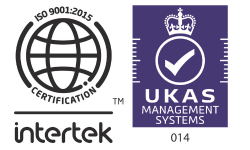The impact of company assets on employee productivity
Company assets play a central role in how efficiently your employees work, how satisfied they feel in their roles, and how engaged they are with your business. Whether physical or digital, assets provide the structure employees rely on to perform their duties.
For employers and hr leaders, understanding what counts as a company asset and how it affects output is essential to workforce planning.
This guide explores what company assets are, how they impact employees, how to manage them when budgets are tight, and how integrated systems like hr and payroll software can offer practical support.
What are company assets?
Company assets refer to any item, system or tool that the business owns and provides to employees to help them carry out their roles. These typically fall into the following categories:
Physical assets

These are tangible items that employees use daily in their roles. They can include:
- Office furniture such as desks, chairs, monitors and filing cabinets
- Technology including laptops, mobile phones, printers and projectors
- Vehicles and machinery such as company cars, delivery vans, forklifts and specialist tools
- Uniforms and ppe including high-visibility jackets, gloves and branded clothing
These assets must be maintained to a safe and usable standard to meet workplace regulations and avoid injuries or delays.
Digital assets

These include the tools and platforms employees use to communicate, access information and perform tasks. Examples include:
- Software licences such as microsoft 365, adobe suite, zoom and payroll platforms
- Data storage solutions like cloud drives and file-sharing systems
- Internal systems such as crm software, intranets and hr portals
- Cybersecurity systems including firewalls, antivirus programmes and vp ns
Digital assets must be kept up to date to avoid security vulnerabilities and maintain operational continuity.
Human capital assets

These are intangible but highly valuable. They consist of resources that support employee growth and knowledge, such as:
- Training resources including e-learning modules and onboarding materials
- Process documentation like standard operating procedures, knowledge bases and internal manuals
- Company culture elements such as values, behaviour guidelines and leadership frameworks
While these are not physical assets, they significantly affect productivity and should be managed as part of the business’s asset strategy.
How do company assets affect employees?
Assets shape how employees work both in terms of output and experience. Poor-quality or insufficient assets cause frustration, slow down processes and may pose health and safety risks.
For example, a slow computer or broken chair can impact not only productivity but also physical wellbeing.
Good-quality, well-maintained assets demonstrate that the company is invested in its employees. This improves motivation, supports day-to-day performance and fosters long-term engagement.
Ensuring employees have what they need to do their job properly is essential to maintaining productivity across the business.
Ways company assets increase productivity
Reduced downtime
Reliable tools mean fewer interruptions. When employees have up-to-date technology, the risk of system crashes, network issues or lost work is significantly lower.
For example, replacing slow laptops or faulty printers with newer models can instantly reduce wasted hours each week. Ensuring that all assets are regularly serviced or updated further cuts down on avoidable delays.
Productivity increases when staff can focus on meaningful tasks rather than dealing with it problems or reporting broken equipment. Over time, small technical interruptions multiply into a significant loss of productivity. Fixing them is often a quick win.
Enhanced collaboration
Assets such as video conferencing tools, team messaging platforms and shared file drives directly support collaboration, particularly in remote or hybrid setups.
For example, a shared calendar or task management system ensures everyone can see project progress, deadlines and responsibilities in real time.
Without these tools, teams waste time chasing updates or duplicating work. Collaborative digital assets also reduce reliance on email, which is slower and less transparent.
These tools help eliminate communication silos and allow teams to coordinate more effectively across departments or locations.
Better organisation
The right systems and processes make it easier for employees to stay organised. Cloud-based document storage, naming conventions and file access controls ensure that staff can find what they need when they need it.
This reduces wasted time and prevents errors caused by using outdated or incorrect documents. For example, a shared hr portal gives employees access to leave forms, contracts or policies without having to go through line managers.
Good organisation also builds accountability and helps teams structure their day more efficiently.
Increased motivation
Being given the tools to do a job properly affects how employees feel about their role. If a member of staff consistently has to work with outdated, broken or inadequate equipment, they may feel undervalued.
On the other hand, receiving a good-quality laptop and being set up with useful software sends a clear message that their time and performance matter.
This increases pride in work and commitment to the business. Motivated employees are more likely to problem-solve, collaborate and go beyond the minimum expected of them.
Compliance and safety
Certain company assets are required by law, especially when it comes to health and safety, gdpr and fire safety. Providing equipment like ppe, antivirus software or fire extinguishers is a legal obligation.
Maintaining compliance avoids fines, reduces risk to staff and shows that the company takes its duty of care seriously.
This has a knock-on effect on employee trust and satisfaction. When employees feel safe and supported, they can focus on their work instead of worrying about their environment or whether their equipment is secure.
What if my business can’t afford company assets?
Prioritise critical assets
Not all assets are equal. Start by identifying what is absolutely necessary for employees to do their jobs safely and efficiently. This might include computers, safety equipment or access to essential software. Rank each asset by how critical it is to operations, compliance or employee wellbeing.
By focusing spending on high-impact areas, you will see better results without overspending. For example, you might delay upgrading non-essential office furniture but invest in better internet routers or updated hr software.
Prioritisation helps businesses make smart, strategic choices during financially tight periods.
Consider leasing
Leasing provides access to high-quality equipment without the upfront cost of buying outright.
This is particularly helpful for tech or vehicles, which depreciate quickly and require frequent upgrades.
Leasing agreements can also include maintenance and support, further reducing long-term costs.
By spreading the cost over time, businesses can stay up to date without placing pressure on cash flow. For example, leasing laptops for new hires instead of buying multiple at once allows the business to manage budgets more efficiently and maintain flexibility.
Use open-source tools
There are several free or low-cost digital tools available that can substitute expensive enterprise software.
For example google workspace offers collaboration tools that can replace more expensive suites.
Using open-source or freemium platforms helps your team remain productive without large investments. This approach works well for start-ups or smaller businesses looking to scale cautiously.
Explore grants and tax relief
Many uk businesses are eligible for tax incentives or grants when investing in capital assets. The annual investment allowance allows businesses to deduct the full value of certain assets from profits before tax, up to a limit.
Local growth hubs or innovation funds may also provide asset-related grants, particularly in areas like digital transformation or green technology.
Staying informed about these options can unlock extra funding or reduce tax liability, making asset purchases more feasible. Your accountant or financial adviser can help identify relevant opportunities for your business sector.
Involve employees in decisions
Involving staff in asset decisions ensures you are investing in what actually matters. For instance, a survey might reveal that employees value better desk chairs more than upgraded monitors.
Asking for feedback gives you a clearer picture of pain points and helps build trust. It also avoids wasting money on underused assets.
This collaborative approach makes it easier to justify spending when the time comes, as employees see the investment as a response to real needs. It also fosters a culture of transparency and continuous improvement.
How time tracking tools can help
Time tracking software is a practical and low-cost asset that enhances both productivity and accountability. It gives managers a real-time view of how hours are spent across tasks and teams.
This helps identify inefficiencies such as too much time spent on low-value tasks or uneven workload distribution.
From the employee side, tracking time can reduce misunderstandings and ensure fair pay. it also supports autonomy by encouraging individuals to manage their time more deliberately.
When combined with integrated hr and payroll software, time tracking becomes a central part of business planning and informs decisions about hiring, overtime or project resourcing.
Well-managed assets reduce downtime
Company assets are essential to both productivity and employee engagement. Whether physical equipment, digital tools, or internal knowledge systems, assets shape how your workforce operates and how effectively they deliver results.
Well-managed assets reduce downtime, support collaboration, and increase motivation across the business.
When budgets are limited, prioritising essential tools, exploring alternative funding, and involving staff in decisions can help ensure resources are used wisely. Low-cost tools like time tracking software also provide valuable insights into performance and time management.
Have you considered hr and payroll management software?

Managing company assets, tracking time, and keeping payroll accurate can quickly become complex without the right systems in place. Integrated hr and payroll software simplifies these tasks by bringing them into a single, automated platform.
This gives hr teams and business owners better visibility, control, and efficiency across operations.
Here are just a few ways integrated systems can support your business:
Track and allocate assets within the hr portal, so you always know who has what equipment and when it is due for return or maintenance
Connect time tracking with payroll to reduce errors, ensure compliance, and process accurate pay without manual calculations
Centralise documents to make contracts, policies, and employee records easily accessible to both hr teams and employees, including remote or hybrid staff
Automate reminders and updates for asset renewals, return deadlines, and scheduled maintenance, reducing the risk of overlooked tasks
Generate workforce reports with real-time data on productivity, attendance, and asset usage, helping you make informed decisions
Summary
For businesses aiming to streamline operations, improve visibility, and reduce manual workload, integrating hr and payroll systems is a practical next step.
These tools bring asset management, Time tracking, and workforce planning into one central platform, helping you work smarter, not harder.
Pay escape’s Hr and payroll software Is designed to save time, reduce administrative overhead, and improve the employee experience.
Whether you need to streamline asset management or boost productivity, our tools provide a practical, scalable solution for growing businesses.
















